Within the hospitality industry, digital innovation and transformation is front and centre at the moment. Driven by consumer and technology changes (hello smartphones) and only accelerated by the pandemic, now more than ever it’s crucial for hospitality brands to decide on their digital future, including how they are going to build out and manage the technology stack that will help them realise that.
We’re going to look at a few key ways your brand could go about building your stack, including the advantages and disadvantages of each.
Using multiple external vendors
Engaging with multiple vendors is an easy route to go, as you can pick and choose vendors that offer solutions to your brand’s specific needs as and when they arrive. Ultimately, it can lead you to engaging with some best-of-breed vendors and/or utilising some perhaps more niche technology that your competitors aren’t harnessing. Depending on your stack, it may also mean you can swap vendors in and out a bit easier (ie if using APIs more so etc) without affecting the whole stack.
However, if your brand goes for this option you can find yourself overwhelmed with managing vendors and platforms. Some hospitality brands have to deal with upwards of 30 platforms, so between managing contracts, upgrades, ensuring security concerns throughout the stack are mitigated, as well as the day to day maintenance of it all, it can be a lot to take on. Plus, the time and cost involved can be extensive.

Using a single end-to-end solution
A single end-to-end solution can be an efficient way to simplify the complexity that can come from engaging with multiple vendors. Having everything all in the one platform can help the management of the stack but also help the platform users within your business streamline their workflows - no more having to manage the guest experience across so many platforms.
If you’re heading down the route of an end-to-end solution, make sure you look at options that truly have everything you need and/or that already integrate with additional providers you work with, for example your POS platform. You don’t want to get down the track and discover in fact your loyalty is unable to be consolidated, your data and analytics still have to sit outside the platform. Engage with a partner that can give it all to you, all under the one roof.
As well, make sure an end-to-end solution doesn’t confine you to a certain look and feel or UX that is “out of the box” - the right solution will still be able to offer your brand highly customisable storefronts and ordering channels be it through taking on a white-label solution or perhaps clipping on your own frontends to their backend. This means you’ll still be able to apply your brand and design principles however you need, so you can design it how you see fit.
Doing it in-house
A third option for when building your tech stack is to do it all in-house. Custom builds are a great way of ensuring your business is getting exactly what is needed in order to deliver on the strategic objectives, across all channels. You can really drive innovation and build solutions perhaps your competitors simply can’t, giving you an extra edge.
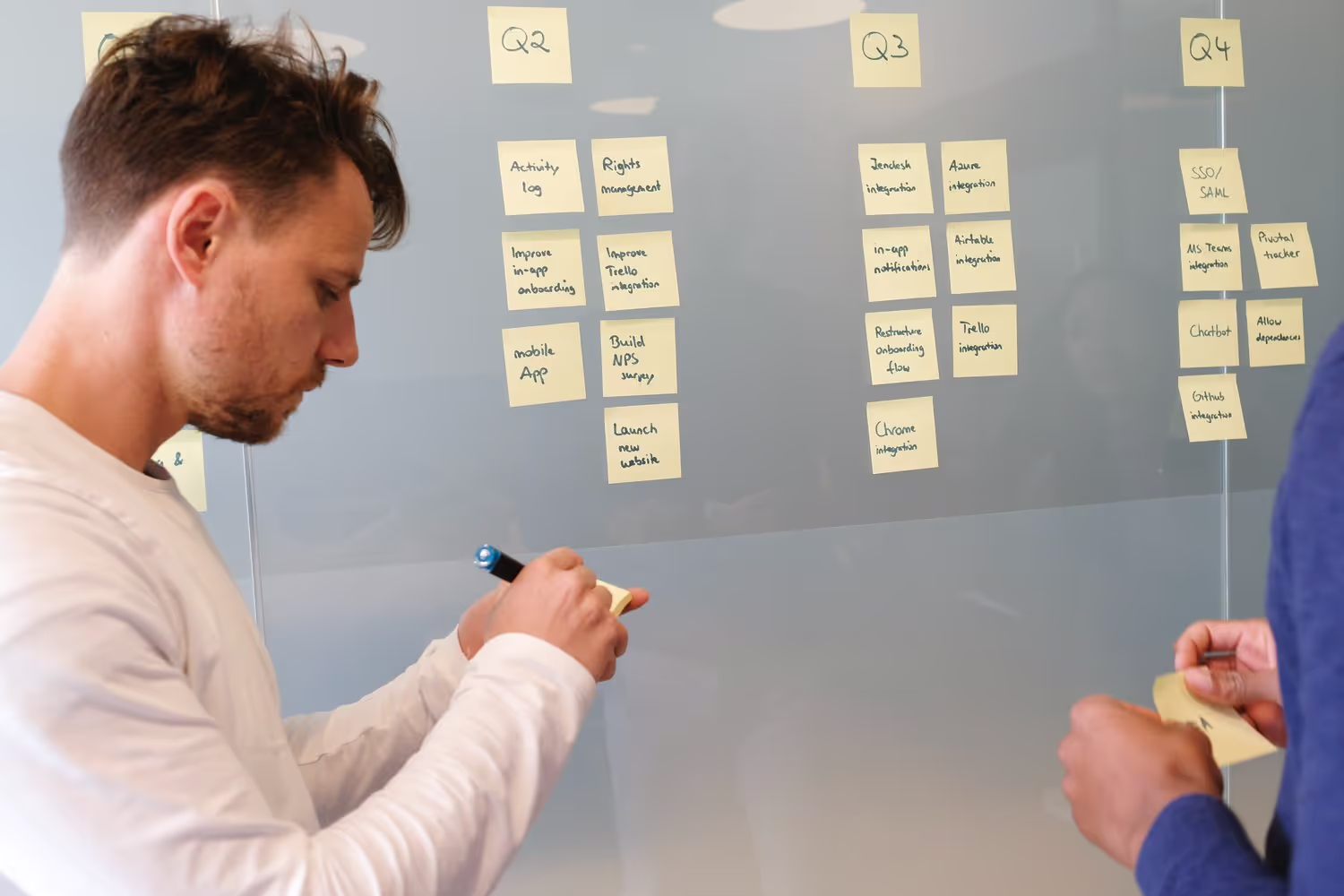
A few concerns of doing everything in-house however, is the time and resource needed to develop and build each project or feature, and of course the ongoing maintenance of it. You need to ensure your business is technically and digitally mature enough in that you know what you’re getting into, you have the proper in-house skill sets to deliver, the projects are scoped properly, solutions are continuously updated and not just left behind once built, and that everything within the stack is fully integrated. It can be a tall order depending on your internal team, and can come with some heavy investment, so proper due diligence beforehand is recommended.
The power is in your hands
Knowing which route to go down can be quite complicated, especially as technology changes so rapidly, as can the requirements of your business. Make sure you don’t only think short-term gain and potentially end up with a stack or with solutions that are a bit of a tangled mess. The right way forward will see your backend take your brand into the future, letting you scale at pace and seamlessly and efficiently fuelling your guest and brand experiences.
To discuss your options, and potentially how MOBI’s end-to-end solution can help your hospitality brand, then simply get in touch with our team.


.avif)



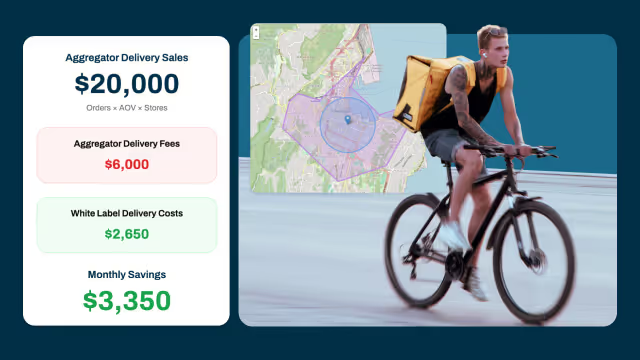




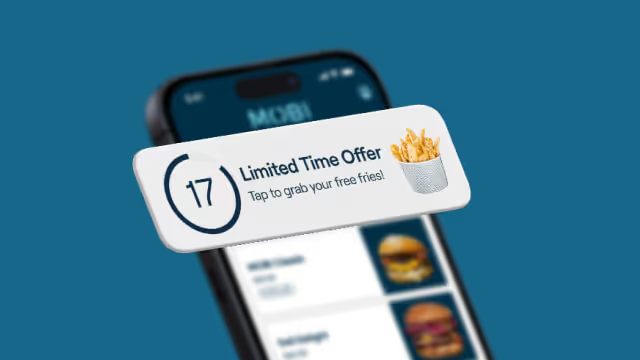

.avif)

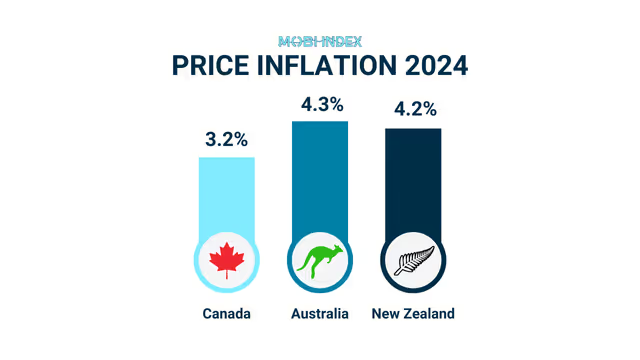

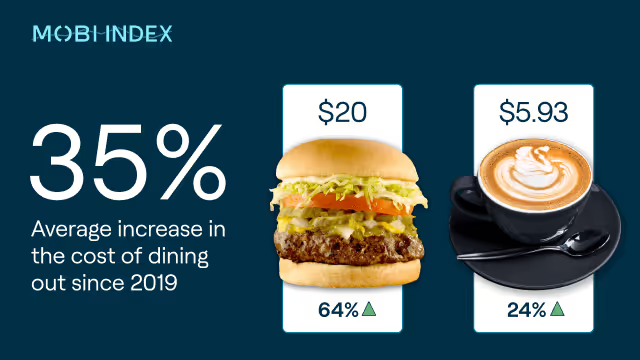


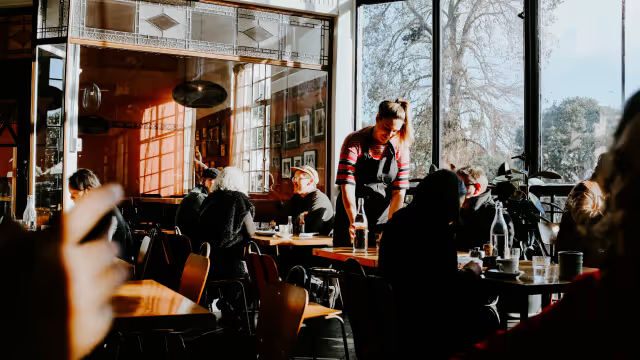


.avif)
.avif)
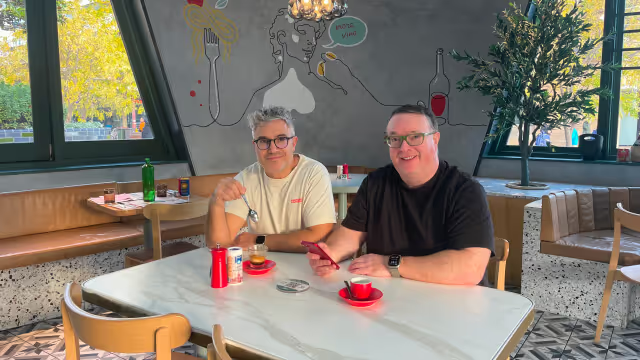

.avif)


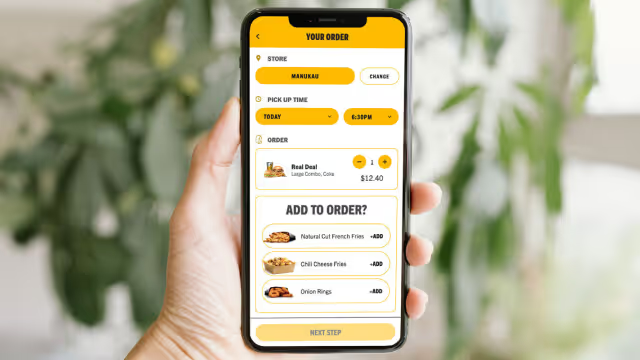

%203.avif)




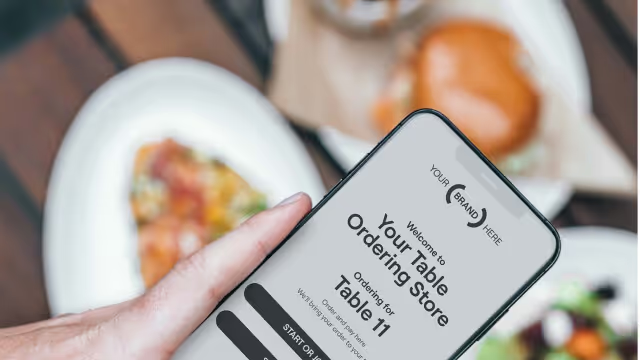


%203.avif)

%203.avif)


